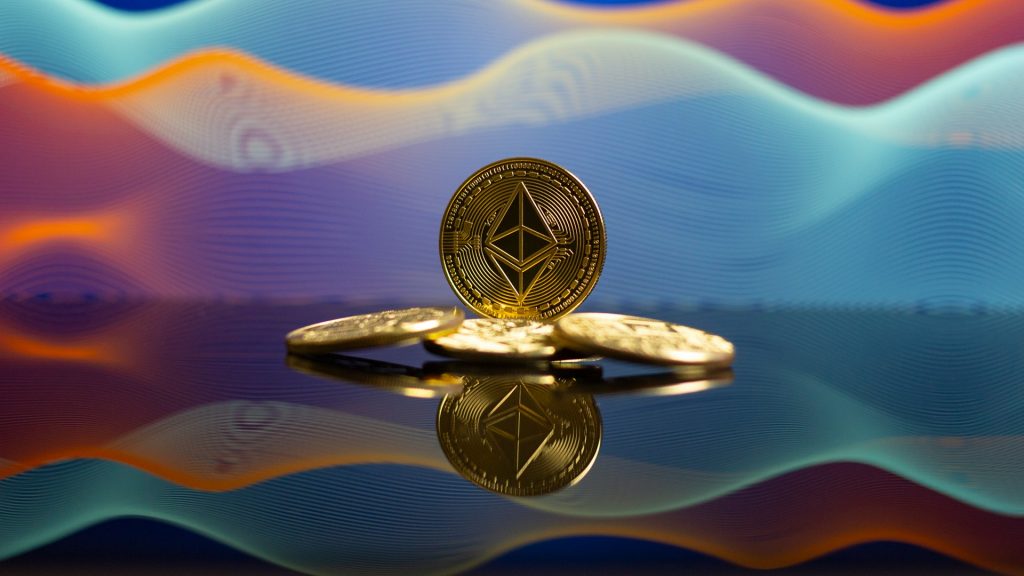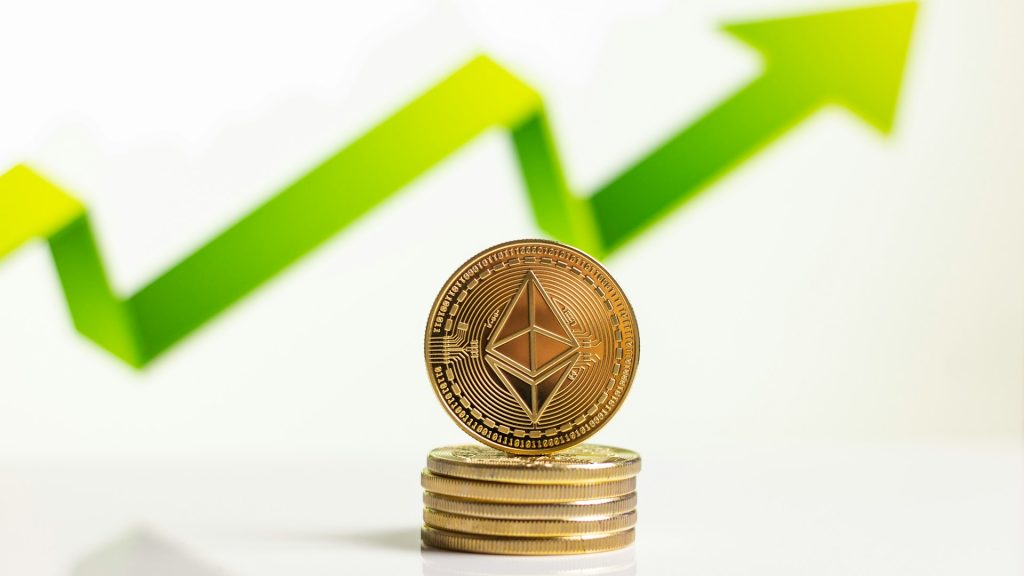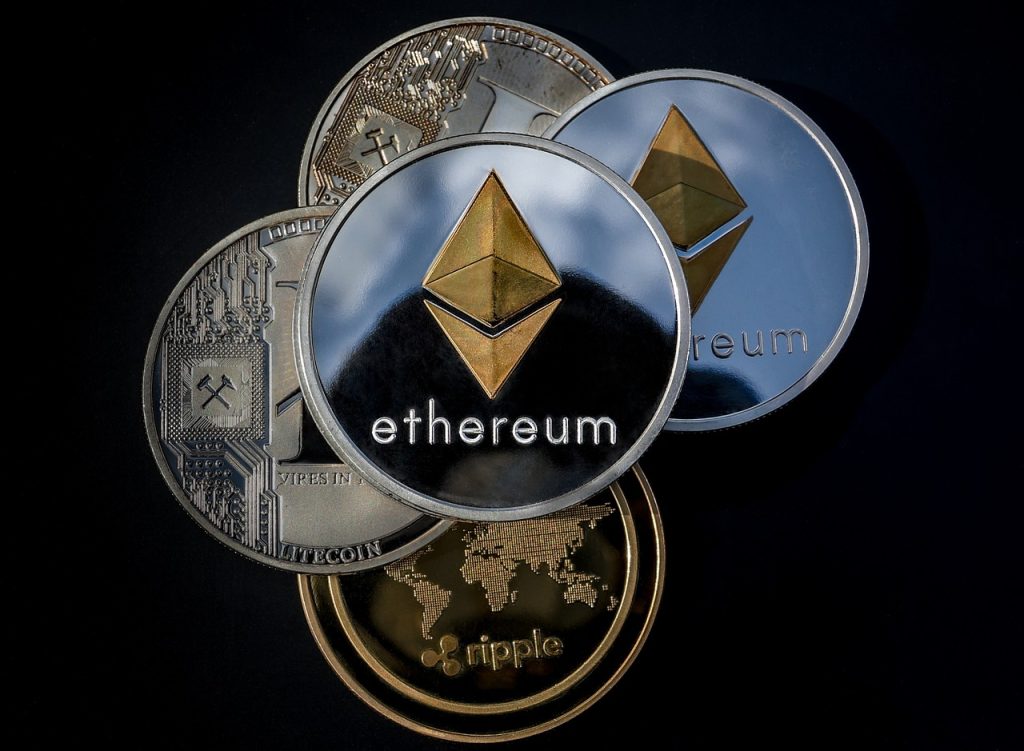In the vast panorama of cryptocurrencies, Ethereum stands proudly as a beacon of innovation and potential. While Bitcoin paved the way for digital forex as a store of expenses, Ethereum introduced a new paradigm with its popularity of clever contracts and decentralized packages (DApps). In addition, you can find an investment education company to start your learning journey by visiting Magnumator .
Understanding Ethereum: Beyond Digital Currency
Launched in 2015 by Vitalik Buterin and a crew of developers, Ethereum is a decentralized platform that lets in the arrival and execution of clever contracts, which may be self-executing contracts with the terms of the settlement at once written into code. Unlike Bitcoin, which by and large serves as a digital currency and save of value, Ethereum’s blockchain facilitates an extensive sort of decentralized packages and programmable transactions.
At the heart of Ethereum’s functionality is its native cryptocurrency, Ether (ETH). While Ether shares some similarities with Bitcoin as a virtual asset, its primary motive is to facilitate transactions and strengthen the Ethereum community. Users pay transaction charges, called “gasoline,” in Ether to execute smart contracts and engage with DApps on the platform.
The Ethereum Ecosystem: DApps, DeFi, and More
One of Ethereum’s most massive contributions to the cryptocurrency region is its function in fostering the development of decentralized packages. These DApps span an entire lot of industries, along with finance, gaming, supply chain management, and decentralized finance (DeFi). By leveraging Ethereum’s clever agreement capabilities, builders can create trustless and transparent applications that perform without intermediaries.
DeFi, in particular, has emerged as a prime use case for Ethereum, offering financial services that include lending, borrowing, and shopping for and selling without the need for conventional banks or monetary institutions. Platforms like Uniswap, Compound, and Aave have won traction inside the DeFi environment, showcasing Ethereum’s potential to disrupt conventional finance and democratize access to economic services.
Additionally, Ethereum’s support for non-fungible tokens (NFTs) has brought about a surge in virtual art, collectibles, and gaming applications. NFTs, which can be particular digital belongings saved on the Ethereum blockchain, have enabled creators to monetize their art work and establish ownership rights in a virtual environment.
Investing in Ethereum: Key Considerations
For investors looking to participate within the Ethereum surroundings, numerous key issues want to be taken into consideration:
Technology and Development: Ethereum’s continued development and innovation are crucial factors to display. Updates, including Ethereum 2.Zero, which aims to transition the community to a proof-of-stake consensus mechanism, have the capability to improve scalability, safety, and sustainability.
Market Adoption and Use Cases: The adoption of Ethereum’s era in actual global packages and industries is an in-depth indicator of its lengthy-time period capability. Monitoring the growth in DeFi protocols, DApps, and NFT marketplaces can provide insights into Ethereum’s utility and value proposition.
Regulatory Environment: Regulatory inclinations and authorities policies regarding cryptocurrencies can affect Ethereum’s market dynamics and investor sentiment. Understanding the regulatory landscape and staying knowledgeable about regulatory adjustments is crucial for handling investment threats.
Network Security and Scalability: As Ethereum continues to increase in recognition and usage, ensuring the safety and scalability of the community becomes increasingly crucial. Solutions, including layer-2 scaling solutions and improvements in blockchain interoperability, can cope with scalability-demanding conditions and improve the overall performance of the community.
The Future of Ethereum: Shaping a Digital Economy
Looking earlier, Ethereum’s function in shaping the digital monetary system seems poised for elevated growth and innovation. The platform’s versatility, developer surroundings, and community-driven ethos make it a prime force in decentralized technology.
With improvements in scalability, interoperability, and value, Ethereum has the potential to open up new possibilities for the duration of numerous industries, such as finance, supply chain management, healthcare, and more. As the digital panorama evolves and traditional paradigms are disrupted, Ethereum stands as the foundational building block of a further decentralized, obvious, and inclusive destiny.
In the end, Ethereum represents more than just a digital currency; it’s a robust platform that allows the introduction of decentralized packages and programmable transactions. Investing in Ethereum requires a deep understanding of its era, use cases, and marketplace dynamics. However, for those willing to embrace the capability of decentralized innovation, Ethereum offers a gateway to a virtual destiny constructed on belief, transparency, and empowerment.



